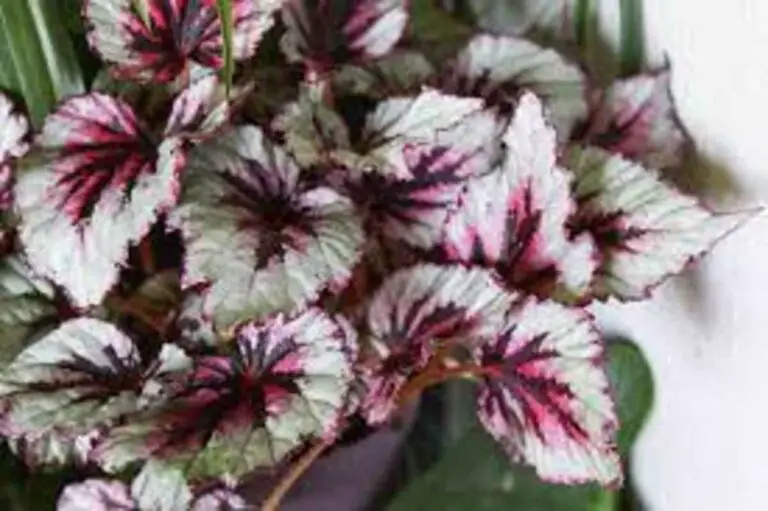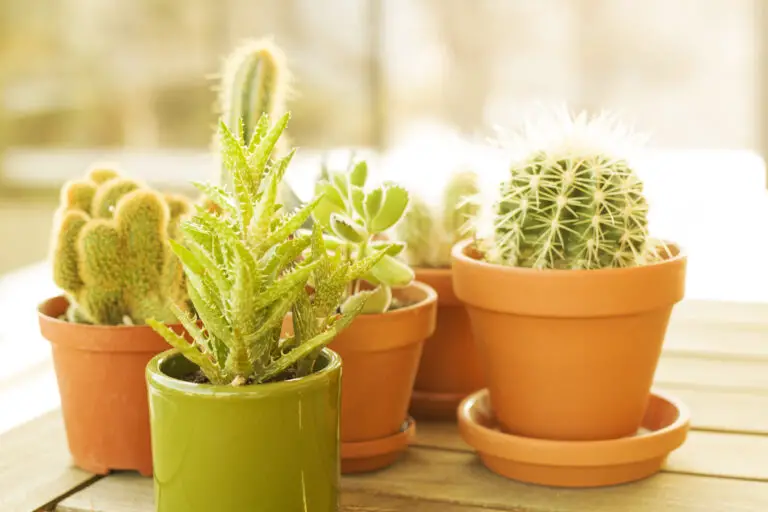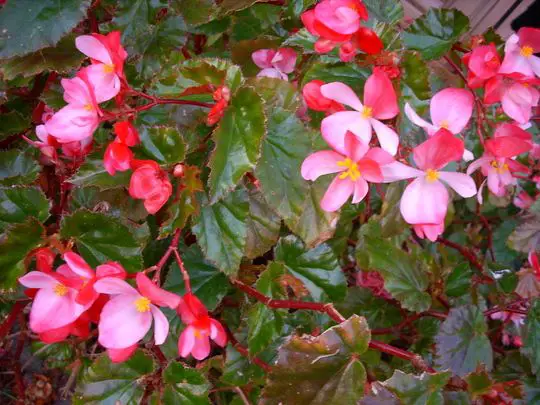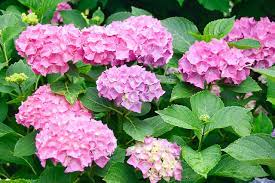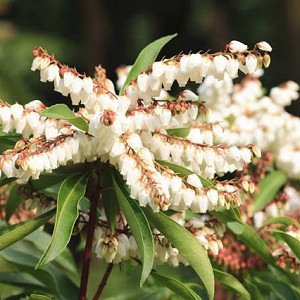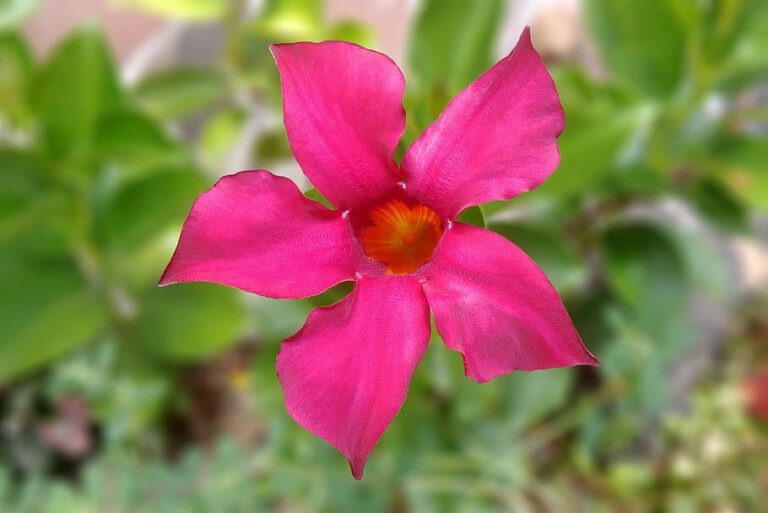Introduction
The Flying Duck Orchid (Caleana major) is a mesmerizing orchid species that captures the imagination with its unique appearance resembling a flying duck in flight. Native to Australia, this orchid is a captivating addition to any garden or orchid collection. In this guide, we will delve into the art of growing and caring for these exquisite orchids, focusing on Flying Duck Orchid care and how to grow Flying Duck Orchid successfully.
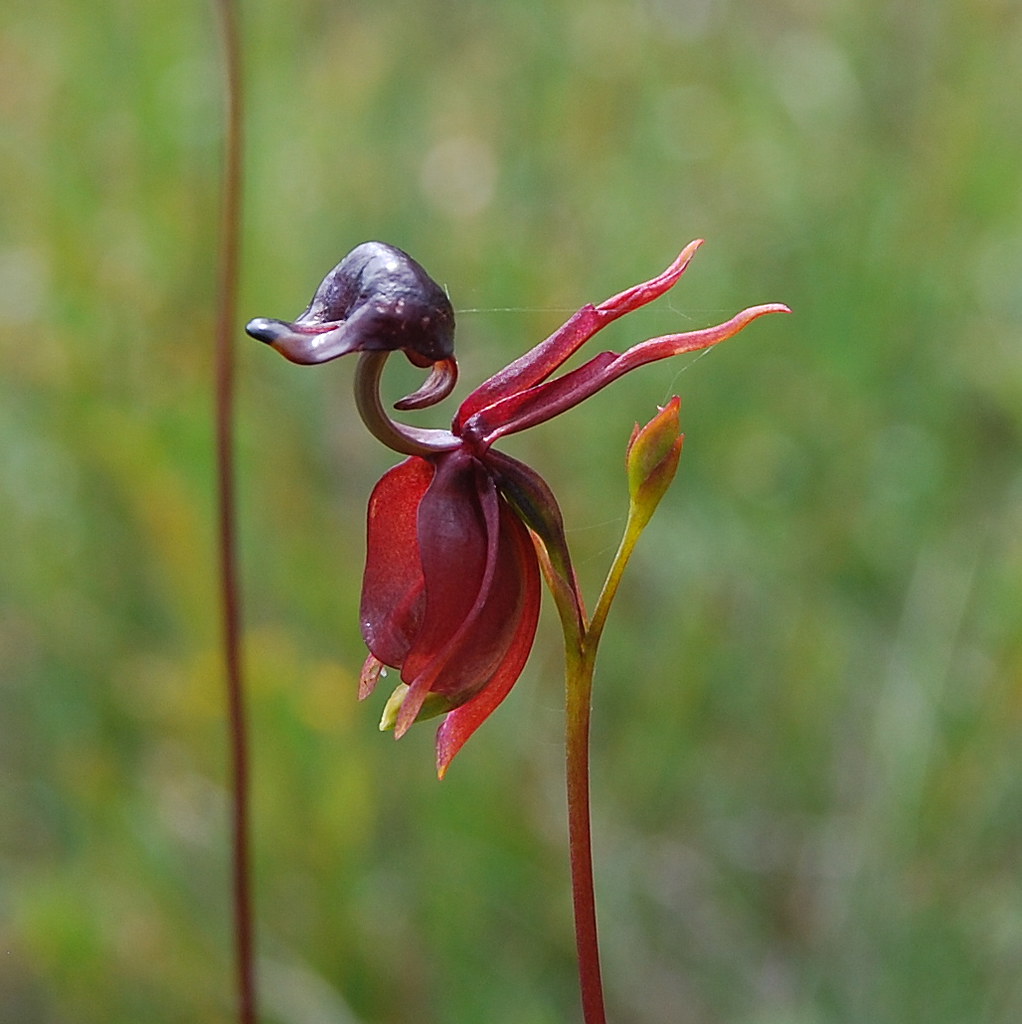
Understanding the Flying Duck Orchid
The Unique Beauty
Flying Duck Orchids are renowned for their distinct and striking appearance. Their tiny flowers, which are usually reddish-brown or orange, feature a labellum that closely resembles a duck in flight, complete with a “bill” and “wings.” This uniqueness makes them a prized orchid for enthusiasts and collectors alike.
Natural Habitat
In their native habitat of Australia, Flying Duck Orchids are predominantly found in sandy or well-draining soils. They thrive in areas with dappled sunlight, such as the edges of forests or open woodlands. Understanding their natural habitat is crucial when replicating these conditions in your garden.
8 Plants That Flowers Look Like Birds
Planting Flying Duck Orchid
Ideal Growing Conditions
To successfully grow Flying Duck Orchids, it’s essential to replicate their native environment as closely as possible. Here are the key factors to consider:
1. Sunlight
- Provide filtered sunlight or dappled shade, as direct sunlight can scorch their delicate leaves.
2. Temperature
- Maintain a temperature range of 60-70°F (15-24°C) during the day and slightly cooler nights to mimic their natural climate.
3. Humidity
- Flying Duck Orchids prefer higher humidity levels, so consider using a humidity tray or a room humidifier if you live in a dry climate.
Pot and Growing Medium
Choose a well-draining potting mix that consists of a combination of pine bark, perlite, and sphagnum moss. A shallow pot is ideal, as Flying Duck Orchids have a shallow root system. Ensure good drainage to prevent waterlogging.
Propagation
Propagation of Flying Duck Orchids can be achieved through two primary methods: seeds and division.
1. Seeds
Growing from seeds is a rewarding but challenging process. Collect seeds from mature pods, sow them in a sterile medium, and provide the necessary conditions for germination.
2. Division
When your orchid has matured and developed multiple pseudobulbs, you can consider dividing it. Carefully separate the pseudobulbs, ensuring each division has at least one healthy pseudobulb and roots. Plant these divisions in separate pots.
Watering and Feeding
Watering Needs
Balancing moisture is crucial. Water your Flying Duck Orchids when the potting mix begins to dry out but avoid letting it completely dry. Overwatering can lead to root rot, so ensure proper drainage.
Fertilization
Use a balanced orchid fertilizer and apply it at half-strength during the growing season. Reduce or stop fertilizing during the dormant period.
Pests and Diseases
Common Pests
Watch out for common orchid pests like aphids, mealybugs, and spider mites. Regularly inspect your orchids and address infestations promptly.
Disease Prevention
Good airflow and proper watering practices can prevent fungal diseases. Maintain a clean growing environment to reduce the risk of infections.
Pruning and Maintenance
Pruning
Prune dead or yellowing leaves and spent flower spikes to encourage healthy growth. Trim with clean, sharp scissors or pruning shears.
Grooming
Regularly remove dust and debris from the leaves using a soft brush or a gentle stream of water. This helps maintain leaf health and allows for better light absorption.
Blooming and Flower Care
Blooming Cycle
Flying Duck Orchids typically bloom in spring or early summer. The flowers are short-lived, usually lasting a few weeks. Enjoy their unique beauty while they last.
Flower Care
Handle the fragile flowers with care, as they can be easily damaged. Avoid touching them and keep them away from strong drafts.
Care Table for Flying Duck Orchids
| Care Aspect | Description |
|---|---|
| Light | Filtered sunlight or dappled shade |
| Temperature | Day: 60-70°F (15-24°C) Night: Slightly cooler |
| Humidity | Maintain higher humidity levels |
| Potting Mix | Well-draining mix (pine bark, perlite, sphagnum moss) |
| Pot Type | Shallow pot with good drainage |
| Watering | Allow potting mix to partially dry between watering |
| Fertilization | Balanced orchid fertilizer, half-strength during growth |
| Pests | Watch for aphids, mealybugs, spider mites |
| Disease Prevention | Good airflow, proper watering practices, cleanliness |
| Pruning | Remove dead leaves and spent flower spikes |
| Grooming | Clean leaves regularly to remove dust and debris |
| Blooming | Typically in spring or early summer |
| Flower Care | Handle flowers with care, avoid touching or drafts |
Troubleshooting
Yellowing Leaves
Yellowing leaves may indicate overwatering. Adjust your watering routine to allow the potting mix to dry out slightly before watering again.
No Blooms
If your Flying Duck Orchid isn’t blooming, it might need more light. Gradually increase the light exposure to encourage flowering.
Conclusion
In conclusion, growing and caring for Flying Duck Orchids can be a fulfilling experience for orchid enthusiasts. By replicating their natural habitat, providing the right conditions, and practicing proper care techniques, you can enjoy the unique beauty of these captivating orchids in your own garden or home.
FAQs
What is interesting about flying duck orchids?
- They have flowers that resemble a flying duck.
- They use sexual deception to attract pollinators.
- They are a threatened species in some parts of their range.
Why is the flying duck orchid unusual?
- Its flowers are shaped like a female sawfly, which attracts male sawflies to the flower.
- When the male sawfly tries to mate with the flower, he is trapped inside and forced to pick up pollen on his body.
- The flying duck orchid is one of the few orchids that is pollinated by a single species of insect.
What is the flying duck orchids habitat?
- Flying duck orchids are found in eucalyptus woodlands in eastern and southern Australia.
- They grow in moist, shady areas with well-drained soil.
Where are duck orchids found?
- Duck orchids are found in eastern and southern Australia.
- They are also found in some parts of New Zealand.

